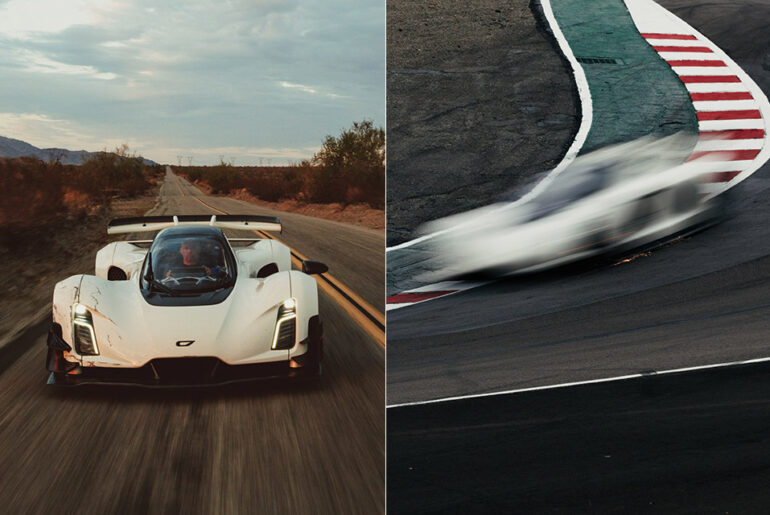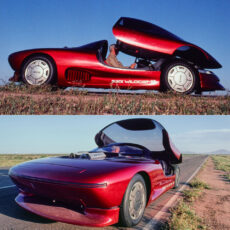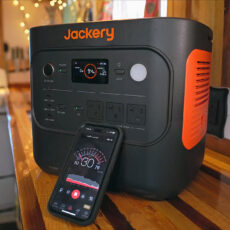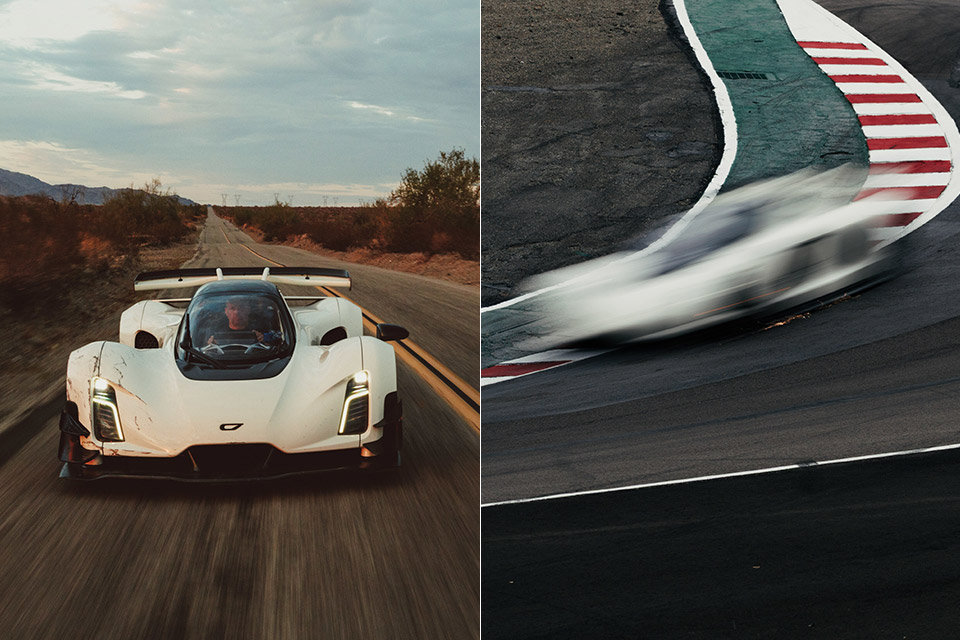
Five days. Five tracks. One supercar that wouldn’t back down. The Czinger 21C etched its name in the asphalt, smashing lap records at some of the state’s toughest tracks. A small team packed up their baby, drove 1,000 miles and used public roads to warm up for a series of high stakes battles. By the end they had saved 16 seconds on the clocks that had previously been production car benchmarks.
Ewan Baldry, Czinger’s head engineer, chose eight of his most capable colleagues for the task. These were the same hands that had built the 21C from the ground up, combining digital blueprints with layers of printed metal to create something lighter and more durable than the standard. They loaded the hypercar onto a trailer but the real journey began when the wheels hit the road. Baldry’s team drove the car from street legal to track attack, only changing tires between stops. Each morning a new track, each evening a new set of wins. No time for second guessing.
- One-Click Automatic Printing: Experience hassle-free 3D printing with the Adventurer 5M Series. Enjoy automatic bed leveling for flawless first...
- 12X Ultra Fast Printing: Featuring a CoreXY structure with 600mm/s travel speed and 20000mm/s² acceleration, the AD5M maximizes efficiency, reduces...
- Smart and Efficient Design: Quick 3-second nozzle changes, a high-flow 32mm³/s nozzle, and fast 35-second warm-up to 200°C deliver stable high-speed...
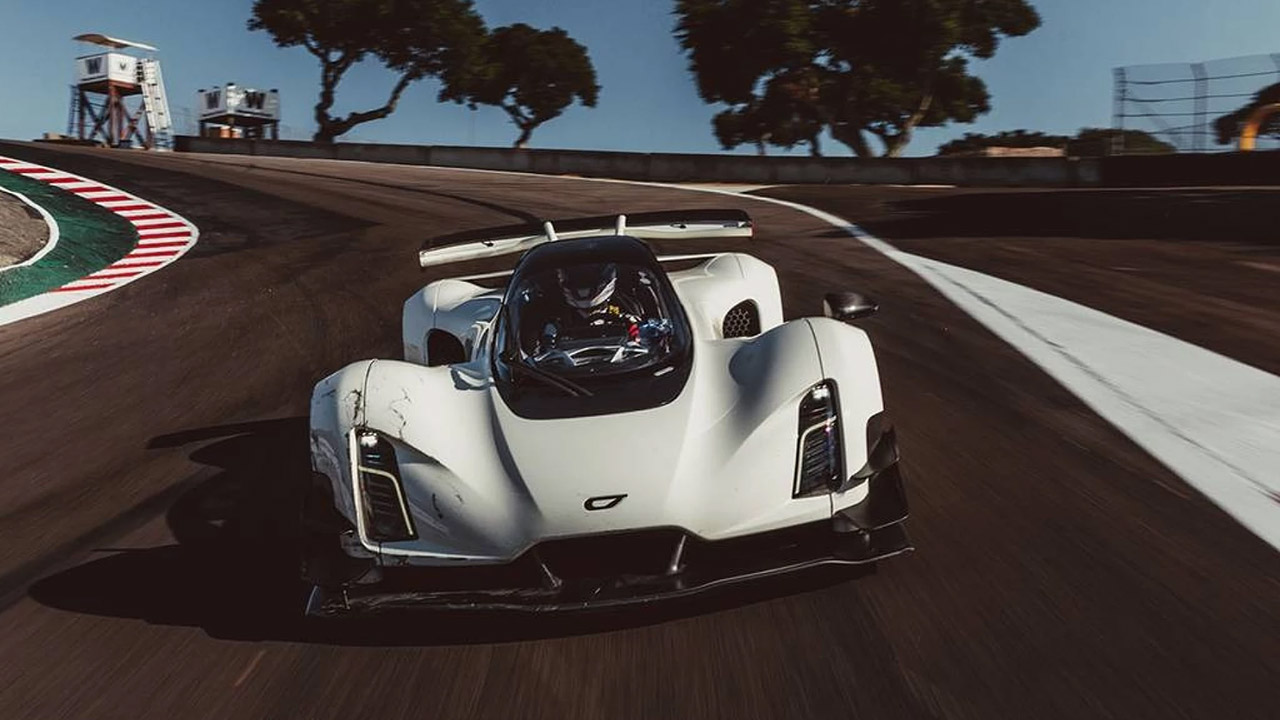
As Czinger’s main development driver, Joel Miller drove every lap. He drove the car first at Thunderhill Raceway Park, 1:48.30 to beat the previous record by 3.39 seconds. Next up was Sonoma Raceway, 1:35.05, 0.70 seconds faster than the 21C’s previous best. Laguna Seca’s twists tested the limits again on day three, 1:24.39, 0.36 seconds faster. Willow Springs demanded precision on day four, 1:19.73, 1.35 seconds faster. The Thermal Club finished in 2:03.17, 10.33 seconds faster. Every number was backed up by RaceLogic’s VBox technology which confirmed the splits with independent eyes.

Power came from an out of the box setup: a twin-turbo 2.9-liter V8 attached to a 4.4-kWh battery pack – 1,350 horsepower combined. Seats stacked one behind the other kept the profile low and the weight balanced. Top speed was around 253 mph and the team tested that on highway stretches, no mods necessary. The standard build endured scorching hot shifts and configuration changes without complaint, while the 3D-printed parts proved themselves durable.
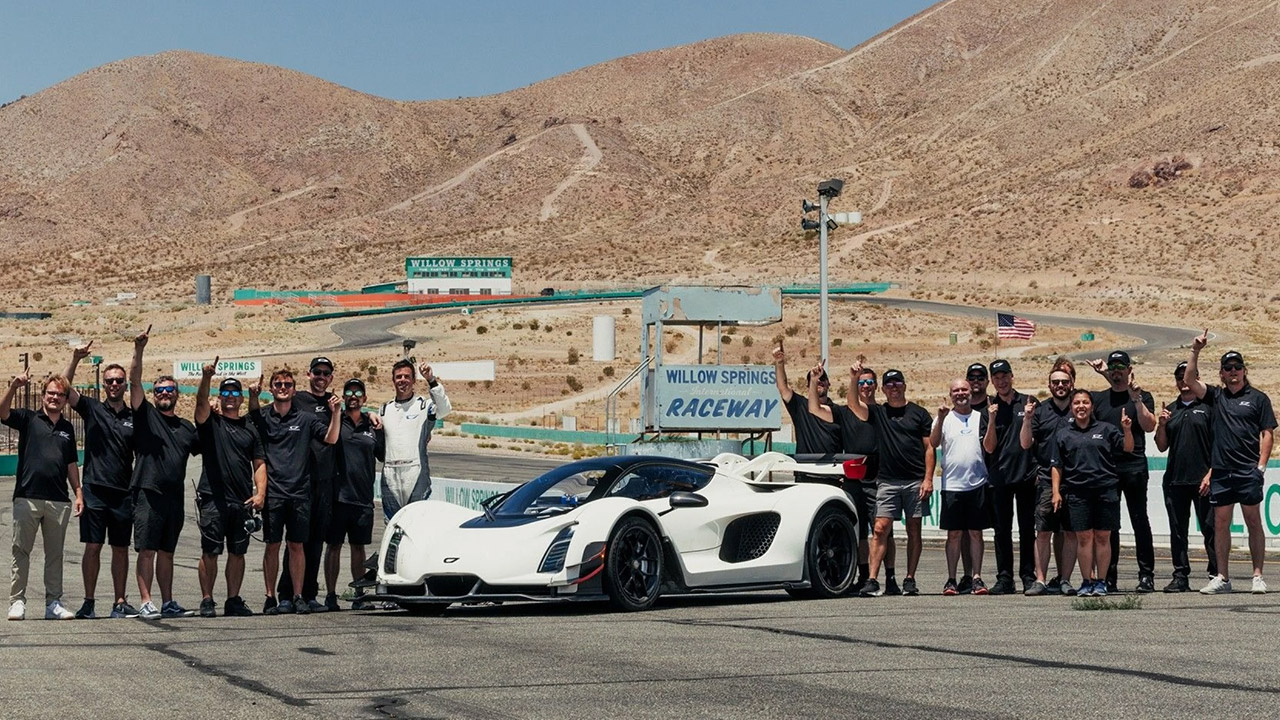
Lukas Czinger watched from the sidelines, his vision coming into focus. The founder and CEO had framed the whole thing as a tribute to California’s love of speed. “We wanted to redefine what a hypercar can do,” he said, “mix track dominance with daily driving.” That daily driving wore on the team, flat tires, late night repairs and all the other challenges that tested their resolve. But breakthroughs came and each one brought them closer to the finish. Luca Brinciotti’s 25 minute short film shows it all: the sweat, the plan, the quiet moments when doubt crept in and determination pushed back.
[Source]

